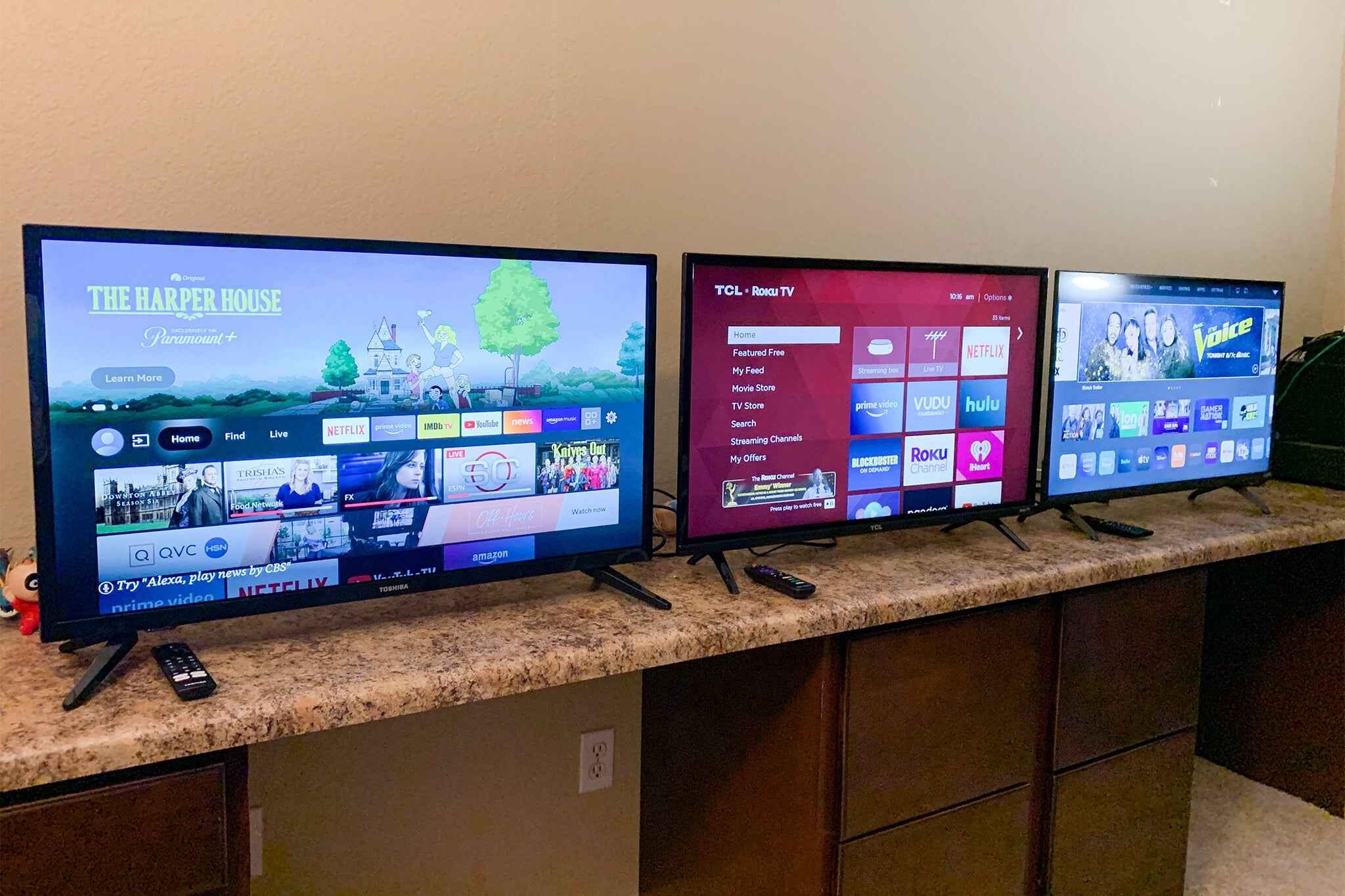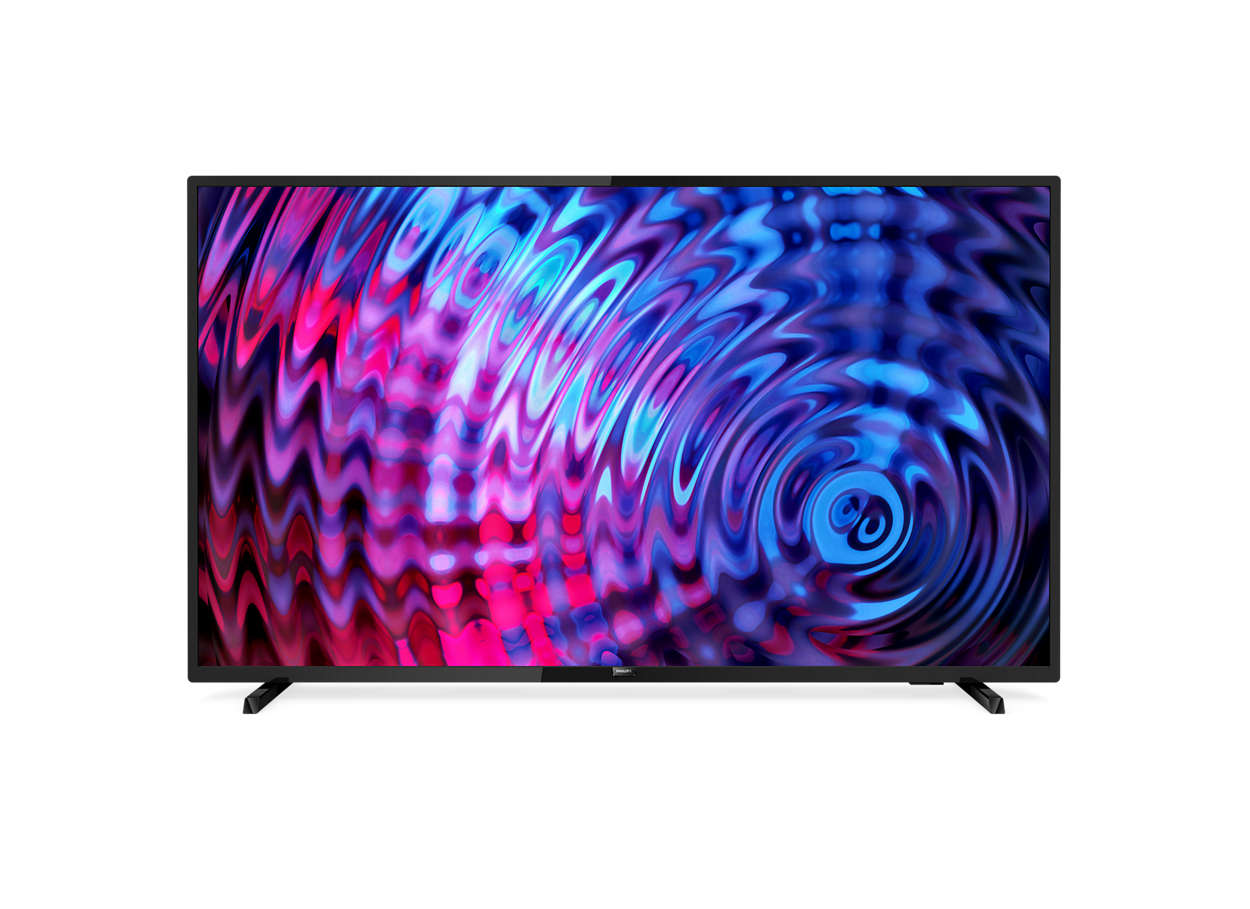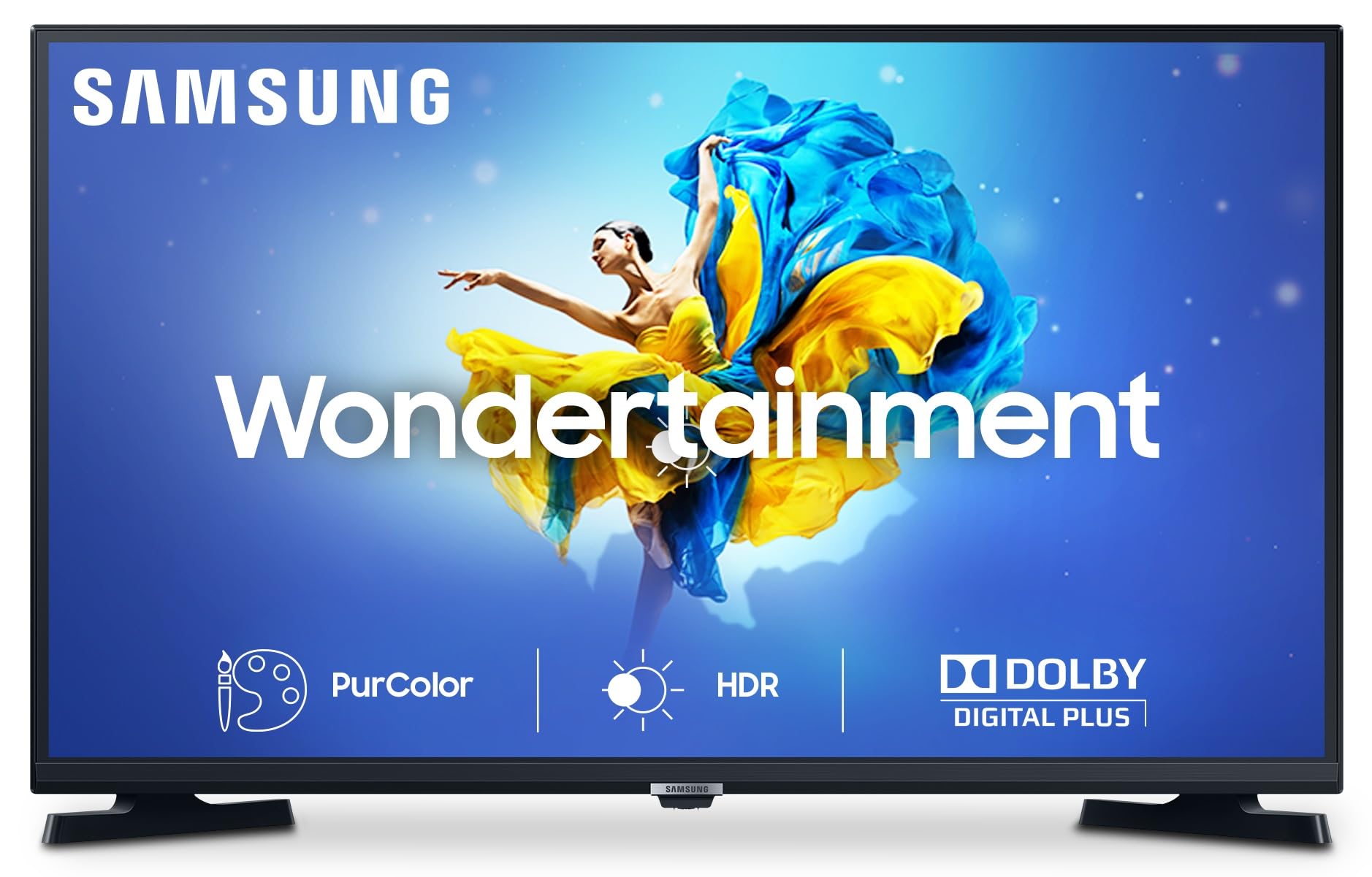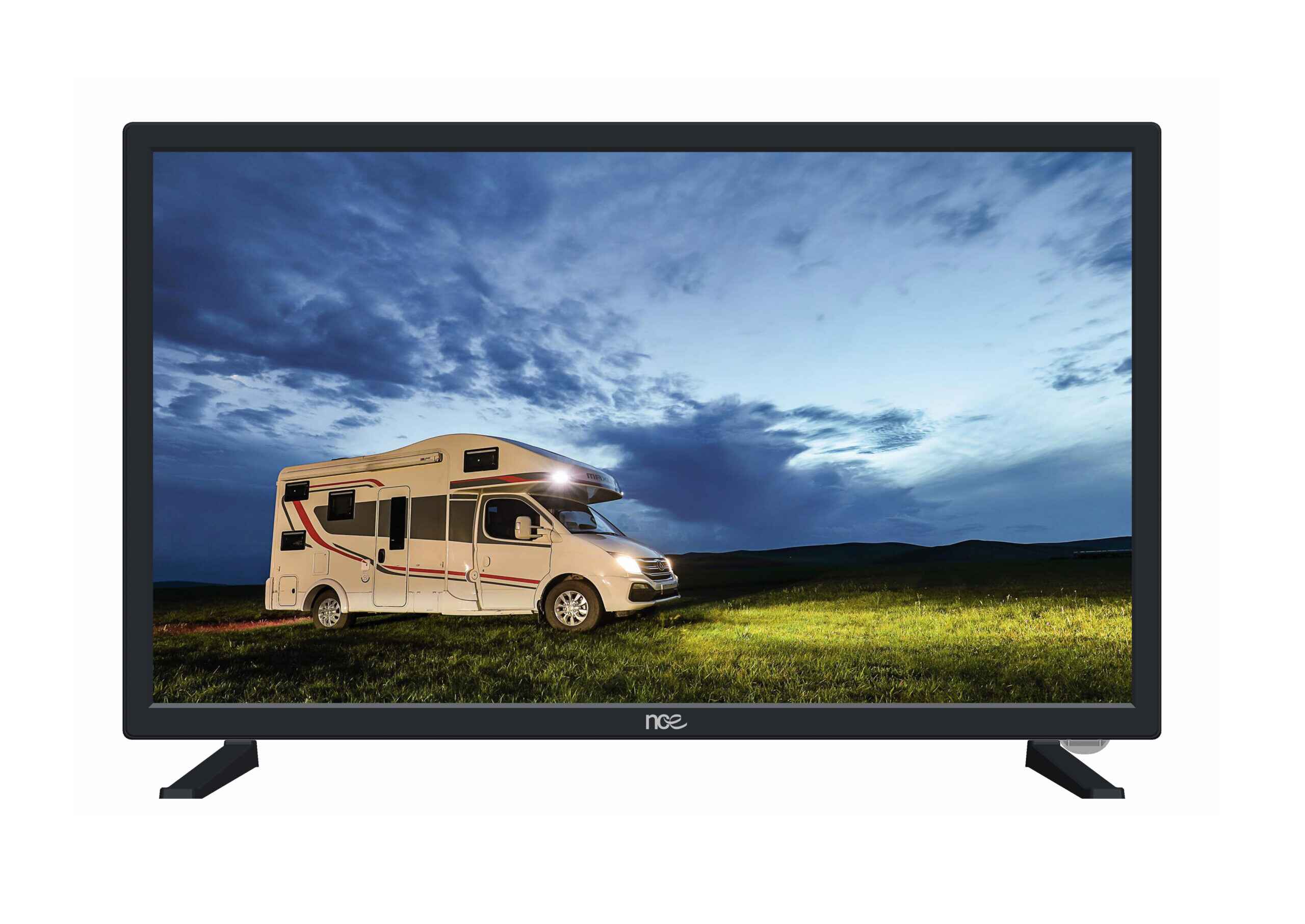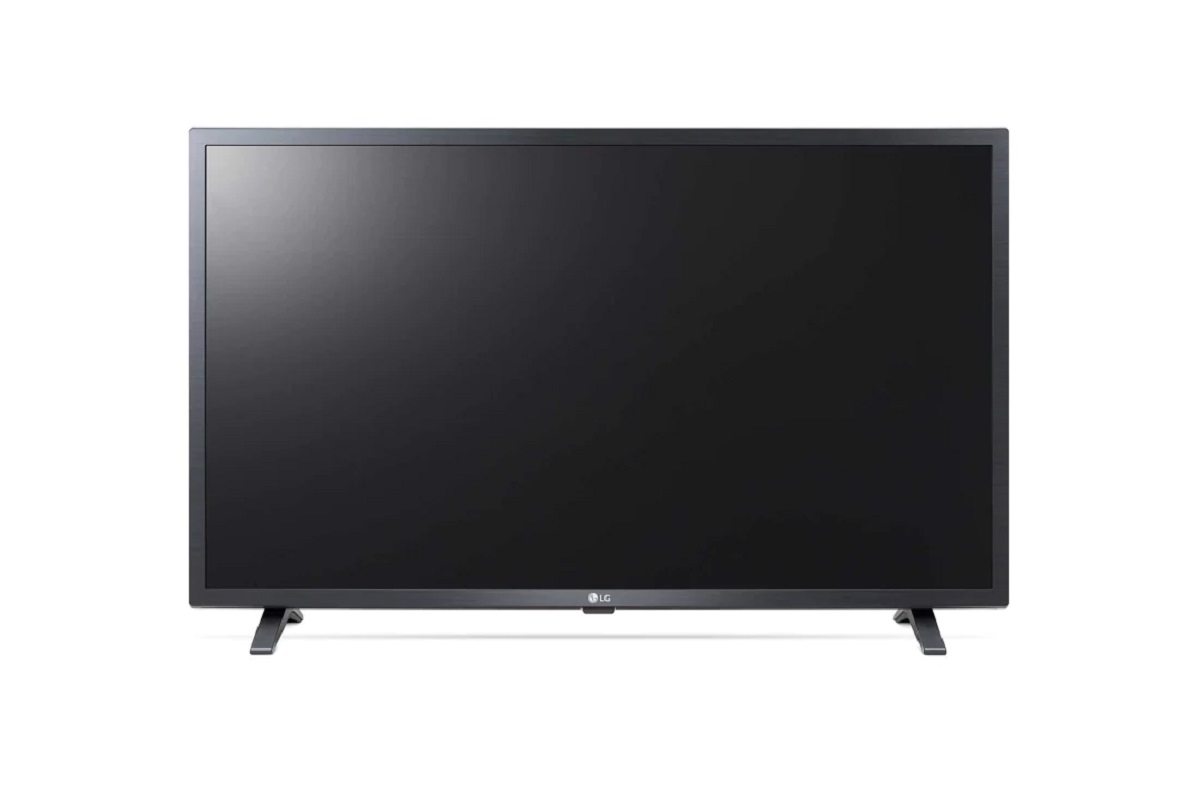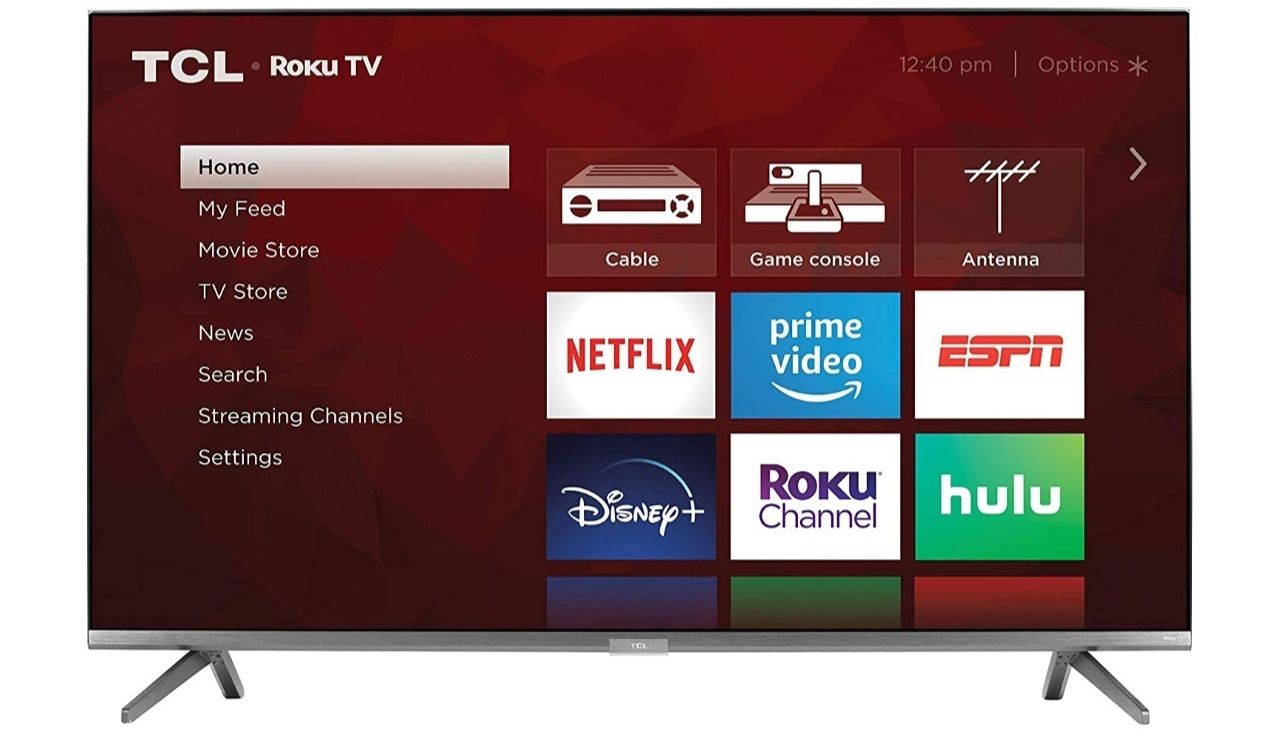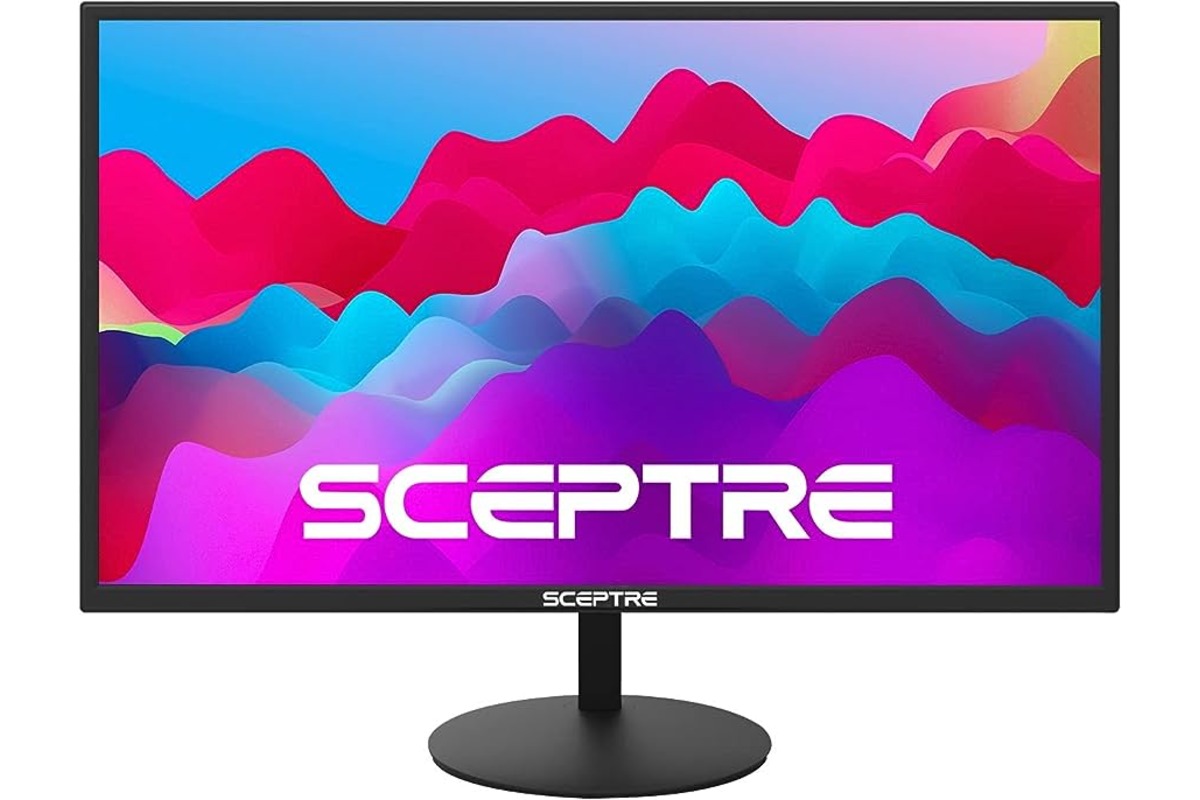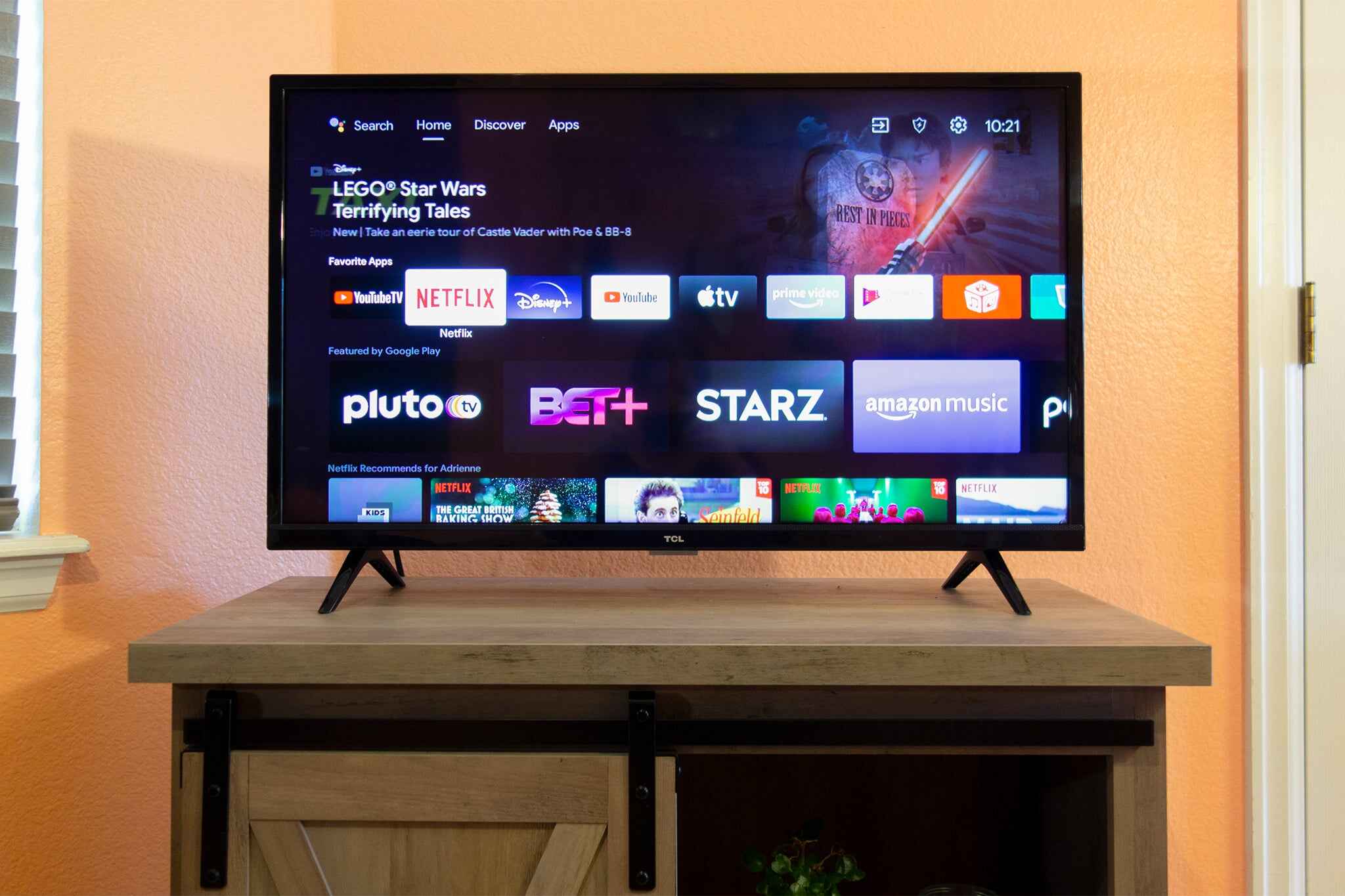Introduction
Welcome to the world of televisions, where size matters! In today’s technology-driven era, choosing the right television can be a daunting task with the wide variety of options available. One popular screen size that often catches the eye of consumers is the 32-inch LED TV. In this article, we will delve into the intricacies of TV measurements, specifically focusing on the size and features of a 32-inch LED TV.
Television screens have come a long way since their inception, evolving from bulky CRTs to sleek and stylish LED displays. LED, which stands for Light Emitting Diode, is a technology that produces stunning visuals with improved brightness and energy efficiency. The 32-inch size has gained popularity due to its versatility and ability to fit in various rooms and spaces. Whether you are setting up a TV in your living room, bedroom, or even a dorm room, a 32-inch LED TV can be a great choice.
While the size measurements may seem straightforward, there are several factors to consider when selecting a TV. Understanding the dimensions of a 32-inch LED TV can help ensure that it fits perfectly into your desired space and provides an optimal viewing experience. In this article, we will explore the actual size of a 32-inch LED TV, compare it to other TV sizes, and provide guidance on factors to consider when making your purchase.
Understanding Television Measurements
Before diving into the specifics of a 32-inch LED TV, it’s important to have a basic understanding of television measurements. Televisions are measured diagonally, which means the size indicated refers to the distance from one corner of the screen to the opposite corner. This diagonal measurement, commonly referred to as the screen size, is typically denoted in inches.
However, it’s essential to note that the screen size does not provide a comprehensive indication of the TV’s actual dimensions. The size mentioned only accounts for the diagonal length and not the height or width. To get a better idea of the TV’s overall size, it’s necessary to consider the aspect ratio and bezel size.
The aspect ratio refers to the proportional relationship between the width and height of the TV screen. The most common aspect ratio for TVs is 16:9, which means the width is 16 units for every 9 units of height. This widescreen format allows for a more immersive viewing experience and is suitable for watching movies, TV shows, and sporting events.
Additionally, the bezel size, the frame surrounding the TV screen, can also impact the overall dimensions. A smaller bezel size can make the TV seem larger, while a larger bezel may result in a larger overall physical size.
Understanding these measurements and factors is crucial when deciding on the size of the TV that best suits your needs. Now that we have a grasp on television measurements let’s take a closer look at what a 32-inch LED TV entails.
How the Size of a TV is Measured
When it comes to measuring the size of a TV, as mentioned earlier, it is done diagonally from one corner of the screen to the opposite corner. This measurement is typically expressed in inches. For example, a 32-inch TV signifies that the distance between the two diagonally opposite corners of the screen is 32 inches.
It’s important to note that the specified size represents the diagonal measurement of the visible screen area and not the entire physical dimensions of the TV. The actual dimensions of the TV may vary based on the bezel size, aspect ratio, and other design factors.
It’s worth mentioning that the size of a TV does not necessarily correlate with the quality or performance of the device. While larger TVs can provide a more immersive viewing experience, the picture quality and features primarily depend on the manufacturer and the technology used in the display.
When purchasing a TV, it’s essential to consider the viewing distance, as it directly influences the perceived size of the display. The general rule of thumb is that the viewing distance should be approximately twice the diagonal width of the TV. For example, a 32-inch TV is ideally viewed from a distance of around 5 to 7 feet.
Having a clear understanding of how TV size is measured enables you to make an informed decision when selecting the right television for your needs. In the next section, we will explore what a 32-inch LED TV specifically refers to and its actual size.
What Does 32-Inch LED TV Mean?
A 32-inch LED TV refers to a television with a screen size measuring 32 inches diagonally. The “LED” refers to the display technology used, which stands for Light Emitting Diode. LED TVs are known for their superior picture quality, energy efficiency, and slim design.
LED technology uses tiny light-emitting diodes to illuminate the screen. These diodes emit light when an electric current passes through them, resulting in bright and vibrant visuals. LED TVs offer better contrast, sharper images, and improved color accuracy compared to older display technologies such as LCD (Liquid Crystal Display).
The 32-inch size is considered to be a versatile choice for various environments and room sizes. It strikes a balance between providing a comfortable viewing experience and not overwhelming smaller spaces. Whether you’re setting up a TV in your living room, bedroom, office, or even a dorm room, a 32-inch LED TV can be an excellent option.
Additionally, the 32-inch size is well-suited for HD (High Definition) content. Most 32-inch LED TVs nowadays support HD resolution, providing a crisp and detailed picture. However, it’s worth noting that with the advancement in technology, larger screen sizes with higher resolutions, such as 4K or even 8K, have become increasingly popular.
Furthermore, a 32-inch LED TV can be a great choice for gaming enthusiasts. The size provides an immersive gaming experience without requiring excessive space. Many modern LED TVs also come equipped with features specifically designed for gaming, such as low input lag and high refresh rates, ensuring smooth gameplay.
Now that we understand what a 32-inch LED TV entails, let’s take a closer look at its actual physical size in the next section.
The Actual Size of a 32-Inch LED TV
While the term “32-inch” gives an indication of the diagonal measurement of the screen, it’s important to understand the actual physical dimensions of a 32-inch LED TV. The size of a TV is typically given in terms of its width, height, and depth.
For a 32-inch LED TV, the dimensions may vary slightly depending on the manufacturer and specific model. On average, the width of a 32-inch LED TV is around 28 inches, while the height is approximately 16 inches. The depth of the TV, which refers to how far it extends from the wall, can vary but is typically within the range of 2-4 inches.
It’s important to consider these dimensions not only to ensure the TV fits well in your desired space but also to understand the physical footprint it will have. This includes considering any TV stands or wall mounts that you may plan to use.
Additionally, some manufacturers may include the dimensions of the TV with the stand, while others provide measurements without the stand. Therefore, it’s important to check the specifications and descriptions provided by the manufacturer to have an accurate understanding of the TV’s actual size.
Measurements aside, it’s essential to remember that the perceived size of a TV is not solely determined by its physical dimensions. Factors such as the screen-to-body ratio, the bezel size, and the aspect ratio all play a role in the overall visual impact of the television.
Now that we have a clear idea of the actual size of a 32-inch LED TV, let’s move on to comparing the size of a 32-inch TV with other TV sizes in the next section.
Comparing the Size of a 32-Inch TV with Other TVs
When considering the size of a 32-inch TV, it’s helpful to compare it with other common TV sizes to gain a better perspective. Understanding the differences in size can give you a sense of what to expect and help you make an informed decision based on your viewing preferences and available space.
Compared to smaller TVs, such as 24-inch or 28-inch models, a 32-inch TV offers a noticeable increase in screen size. This can enhance your viewing experience, especially when watching movies or TV shows, as it provides a larger and more immersive display.
On the other hand, when comparing a 32-inch TV with larger models like 40-inch or 50-inch TVs, the 32-inch screen may seem relatively smaller. However, the advantage lies in its versatility and suitability for a wider range of room sizes and spaces.
Choosing the right TV size ultimately depends on your viewing distance and personal preferences. If you have a small living room or bedroom, a 32-inch TV may be an ideal choice as it can provide a decent-sized screen without overpowering the space. Additionally, it can be an appropriate size for a secondary TV in guest rooms or offices.
It’s worth noting that if you have a large living room or want a more cinematic viewing experience, you may consider opting for a larger TV size, such as a 55-inch or 65-inch model. These bigger screens can create a more immersive and theater-like setting.
Ultimately, the size of the TV you choose should factor in your personal preferences, the room size, and the viewing distance. It’s important to strike a balance between the screen size, the available space, and your viewing requirements.
Now that we have compared the size of a 32-inch TV with other TV sizes, let’s shift our focus to the factors to consider when choosing a 32-inch LED TV.
Factors to Consider when Choosing a 32-Inch LED TV
When selecting a 32-inch LED TV, there are several important factors to consider to ensure that you find the perfect TV for your needs and preferences. These factors go beyond just the size and include the following:
- Resolution: Check the resolution of the TV. Most 32-inch LED TVs support at least HD (High Definition) resolution, which provides sharper and more detailed images. However, you may also find some models that offer higher resolutions such as Full HD or even 4K.
- Smart TV Features: Consider if you want your TV to have smart features. Smart TVs allow you to connect to the internet, stream content from various platforms, and access apps. This can enhance your viewing options and provide a more interactive experience.
- Connectivity: Look for the available connectivity options on the TV. This includes HDMI ports, USB ports, and audio outputs. Having multiple connectivity options allows you to connect other devices such as gaming consoles, Blu-ray players, or sound systems.
- Refresh Rate: The refresh rate refers to how quickly the TV updates the displayed image. A higher refresh rate results in smoother motion and reduces motion blur, making it particularly important if you plan on using the TV for gaming or watching fast-paced action content.
- Audio Quality: While the visuals are important, don’t overlook the audio quality. Consider the built-in speakers of the TV and whether they deliver satisfactory sound. If not, you might want to invest in external speakers or a soundbar for an enhanced audio experience.
- Brand and Reviews: Research different brands and read reviews from reputable sources to get an understanding of the reliability and performance of the TV you are considering. This can help you make an informed decision and ensure you choose a reputable brand known for producing quality products.
By considering these factors, you can narrow down your options and find a 32-inch LED TV that suits your preferences, provides the desired features, and offers excellent value for your investment.
Now that we have explored the factors to consider, it’s time to wrap up our discussion on 32-inch LED TVs.
Conclusion
Choosing the right TV size is essential for creating an enjoyable and immersive viewing experience. A 32-inch LED TV offers a versatile option that fits well in various room sizes and provides a balance between screen size and space. Understanding the measurements, technology, and factors to consider can help you make an informed decision when selecting a 32-inch LED TV.
Remember that the size of a TV is measured diagonally from one corner of the screen to the opposite corner. The actual physical dimensions may vary based on factors such as bezel size and aspect ratio. Consider the resolution, smart features, connectivity options, refresh rate, audio quality, and brand reputation when choosing a 32-inch LED TV.
By understanding the specific attributes of a 32-inch LED TV and considering your unique needs and preferences, you can find a television that provides an optimal viewing experience for you and fits seamlessly into your space. Whether you are watching movies, playing games, or simply enjoying your favorite TV shows, a well-chosen 32-inch LED TV can bring entertainment to life in the comfort of your own home.
So, go ahead and explore the wide range of 32-inch LED TVs available in the market, keeping these factors in mind. Happy TV hunting!







